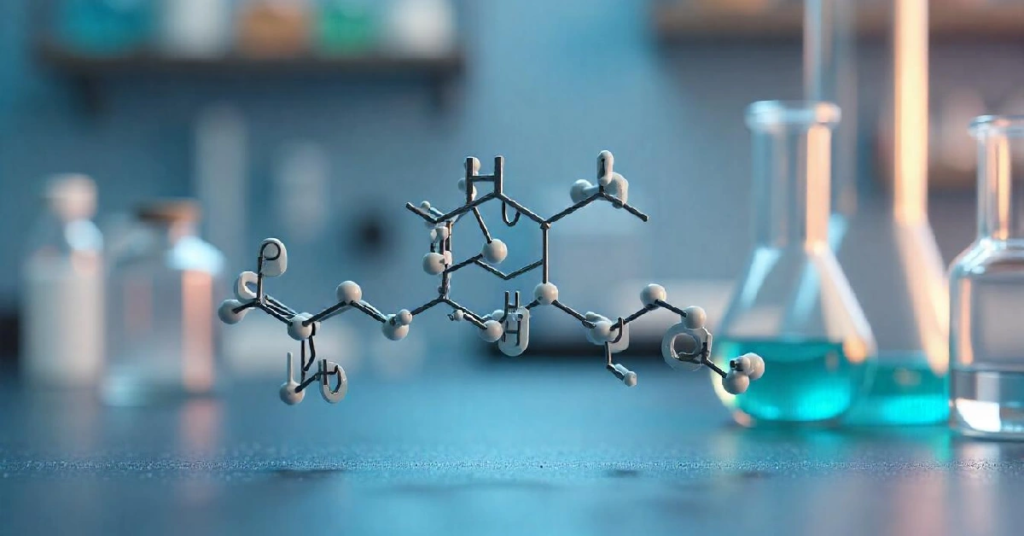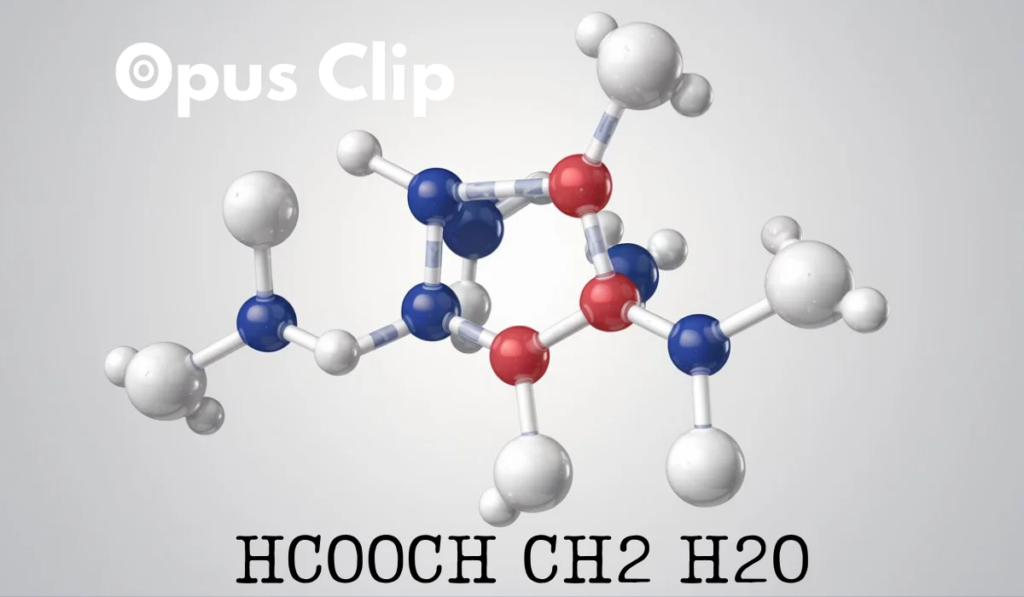The chemical reaction involving HCOOCH CH2 H2O is back in the spotlight as researchers and industry leaders highlight its growing role in sustainable production processes. This classic ester hydrolysis, long studied in organic chemistry, is now being optimized for cleaner, more efficient manufacturing of two high-demand chemicals: formic acid and methanol.
What is HCOOCH CH2 H2O?
In scientific terms, HCOOCH CH2 H2O refers to the hydrolysis of methyl formate when reacted with water. This simple yet vital reaction breaks down methyl formate into formic acid (HCOOH) and methanol (CH₃OH) — both chemicals with expanding industrial demand in 2025.
The balanced chemical equation remains:
mathematicaCopyEditHCOOCH₃ + H₂O → HCOOH + CH₃OH
Why It’s Making Headlines in 2025
While the mechanism has been known for decades, recent advancements in catalysts, temperature control, and reaction monitoring have boosted efficiency. With industries under pressure to reduce waste and energy consumption, the HCOOCH CH2 H2O process is gaining attention as an eco-friendlier pathway for producing essential chemicals.
The Mechanism Behind the Reaction

Scientists explain that the reaction unfolds in several steps, especially under acidic conditions:
- Protonation of the Ester – Acid catalysts increase the electrophilicity of the carbonyl carbon.
- Water Attack – H₂O molecules act as nucleophiles, forming a tetrahedral intermediate.
- Bond Cleavage – Methanol is released, leaving protonated formic acid.
- Deprotonation – Formic acid becomes stable, completing the reaction.
This step-by-step transformation underscores the importance of acid catalysts in speeding up the process and achieving high yields.
Industry Applications Growing in 2025
Formic Acid Production
- Used in textiles, leather tanning, rubber processing, and agriculture as a preservative.
- Demand has surged due to its role in eco-friendly leather and biodegradable materials.
Methanol Production
- A key feedstock for biofuels, formaldehyde, acetic acid, and emerging hydrogen fuel technologies.
- 2025 sees methanol positioned as a cleaner alternative in global energy strategies.
Factors Driving Modern Optimization
- Catalyst Innovation – New acid blends reduce side reactions.
- Temperature Control Systems – AI-assisted monitoring ensures precise reaction conditions.
- Water Management – Excess water shifts the equilibrium toward product formation, while real-time removal of methanol boosts efficiency.
Safety and Regulatory Updates
In 2025, stricter safety protocols for handling methyl formate, formic acid, and methanol are in place. Companies are implementing:
- Automated ventilation systems.
- Enhanced PPE requirements.
- Digital hazard monitoring.
Why HCOOCH CH2 H2O Matters for the Future
This reaction isn’t just chemistry theory — it’s part of a global shift toward efficient, sustainable production. With industries moving away from waste-heavy methods, HCOOCH CH2 H2O is proving that established reactions can be re-engineered to meet modern demands.
Conclusion
The HCOOCH CH2 H2O process continues to evolve, combining decades-old chemistry with 2025 innovations in catalysts, process control, and green manufacturing. Whether in fuel technology, materials science, or chemical manufacturing, this reaction is shaping industrial efficiency in the years ahead.

